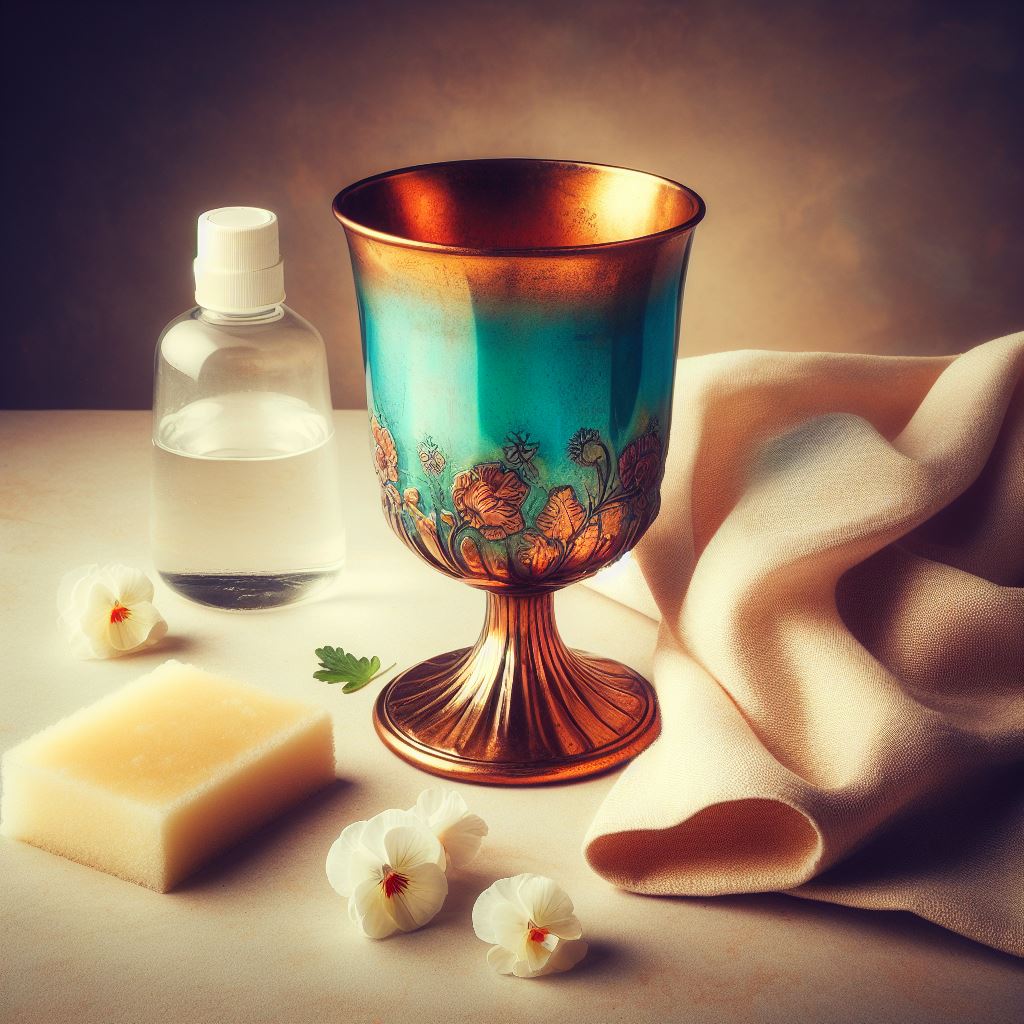Enamel, known for its lustrous sheen and brilliant colors, has a long history in the production of decorative and functional goblets. With the right care, these pieces can remain pristine and vibrant for generations. In this article, we delve deep into the world of enamel goblet care, covering everything from the basics of cleaning to when to seek professional help.
Quick Reference: Do’s and Don’ts
Before we go in-depth, here’s a quick summary of the key maintenance points for your enamel goblets:
Do’s:
- Do clean gently: Always clean your goblets with a soft cloth and mild detergent.
- Do store properly: Use a stable, temperature-controlled environment away from direct sunlight.
- Do handle with care: Always handle your enamel goblets with dry, clean hands.
- Do seek professional help when needed: When in doubt, consult a professional restorer.
Don’ts:
- Don’t use harsh chemicals: Avoid cleaning solutions with bleach, vinegar, or ammonia.
- Don’t use abrasive materials: Never use a rough cloth or scrubbing sponge.
- Don’t expose to extreme temperatures: Avoid putting your goblets in the dishwasher or microwave.
- Don’t drop or knock: Enamel can chip or crack if not handled carefully.
Why Material-Specific Maintenance Matters
Enamel, a type of vitreous (glass-like) coating, is typically applied to metal goblets. The result is a piece that has the durability of metal but the visual appeal of colored glass. While enamel is durable, it also has its own set of maintenance needs distinct from metal or glass.
Using the wrong cleaning methods or materials can result in chips, cracks, discoloration, or loss of gloss. By understanding the properties of enamel and caring for your goblets properly, you can help ensure their longevity and appearance.
Physical Properties and Their Impact on Maintenance
Enamel is prized for its hardness, colorfastness, and resistance to chemical attacks. However, it’s also somewhat brittle and can crack or chip if dropped or knocked. It’s also sensitive to extreme temperatures, which can cause cracking and discoloration.
Therefore, caring for enamel goblets involves taking measures to protect the enamel from physical damage and extreme temperatures, while also keeping it clean and glossy.
Cleaning Guidelines
Cleaning enamel goblets can be a meticulous but rewarding process. Here’s a detailed guide:
- Gather the necessary supplies: You’ll need a soft, lint-free cloth or sponge, mild dish soap, and warm (not hot) water.
- Prepare the cleaning solution: Mix a few drops of the dish soap with the warm water.
- Clean the goblet: Dip the cloth or sponge in the solution and gently clean the goblet’s surface. Avoid scrubbing or applying too much pressure.
- Rinse thoroughly: Rinse the goblet with warm water, ensuring all soap residue is removed.
- Dry immediately: Dry the goblet with a clean, soft cloth. Never allow it to air dry, as this can leave water spots on the enamel.
It’s advisable to clean your enamel goblets immediately after use. However, avoid cleaning them too frequently if they’re merely on display, as overcleaning can potentially damage the enamel.
Storage and Handling Tips
Proper storage and handling of enamel goblets can greatly reduce the risk of accidental damage:
- Store in a stable environment: Keep your goblets in a secure place where they won’t be knocked over. The environment should be temperature-controlled and away from direct sunlight to prevent color fading.
- Handle with care: Always hold your goblets firmly but gently, and never with wet or dirty hands.
- Separate each goblet: If storing multiple goblets together, separate them with soft material to prevent them from knocking against each other.
Common Issues and How to Prevent Them
Some common problems with enamel goblets include chips, cracks, discoloration, and dullness.
Chips and cracks are often the result of physical impacts, so always handle your goblets carefully and store them securely. Discoloration and dullness can occur from chemical reactions or excessive sunlight exposure, so avoid harsh cleaning chemicals and direct sunlight.
If you notice any minor issues, try to address them as soon as possible to prevent further damage.
When to Seek Professional Help
If your enamel goblet has significant chips, cracks, or other serious damage, it’s often best to seek the help of a professional restorer. Also, if your goblet is an antique or of high sentimental or monetary value, professional cleaning and maintenance can be a good investment to ensure its preservation.
Conclusion
Proper care and maintenance can greatly extend the life and beauty of your enamel goblets. Remember to clean gently, store properly, handle with care, and seek professional help when needed.
Interested in learning more about caring for different goblet materials? Check out our comprehensive Maintenance by Material Guide.
